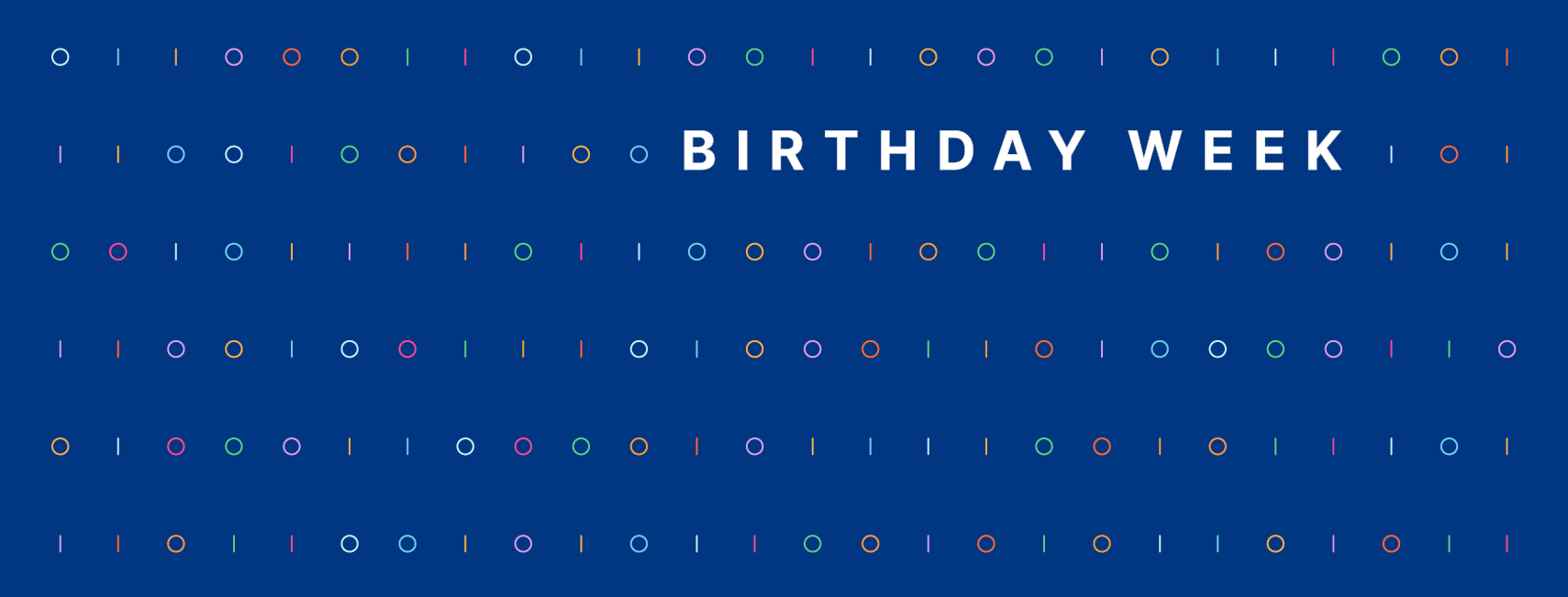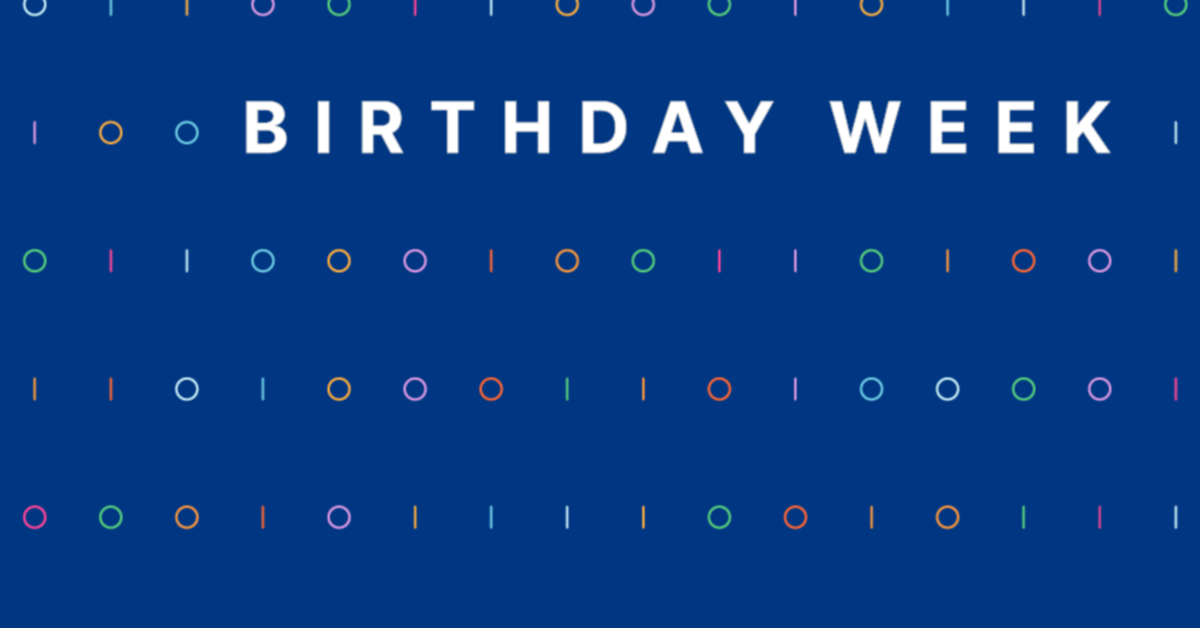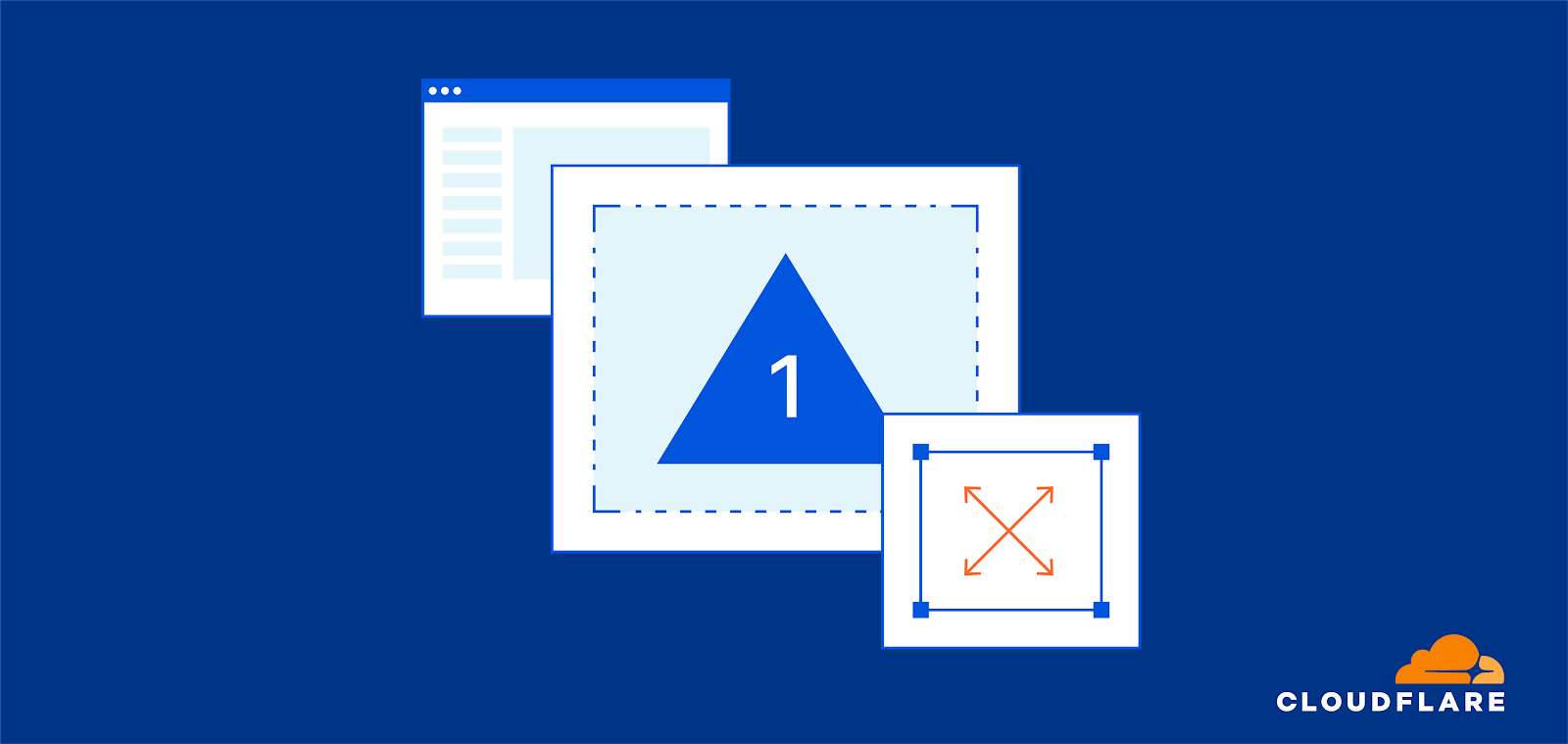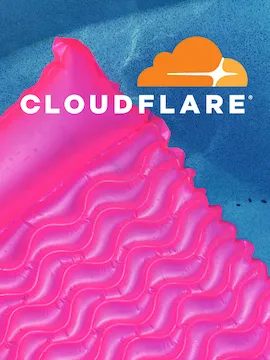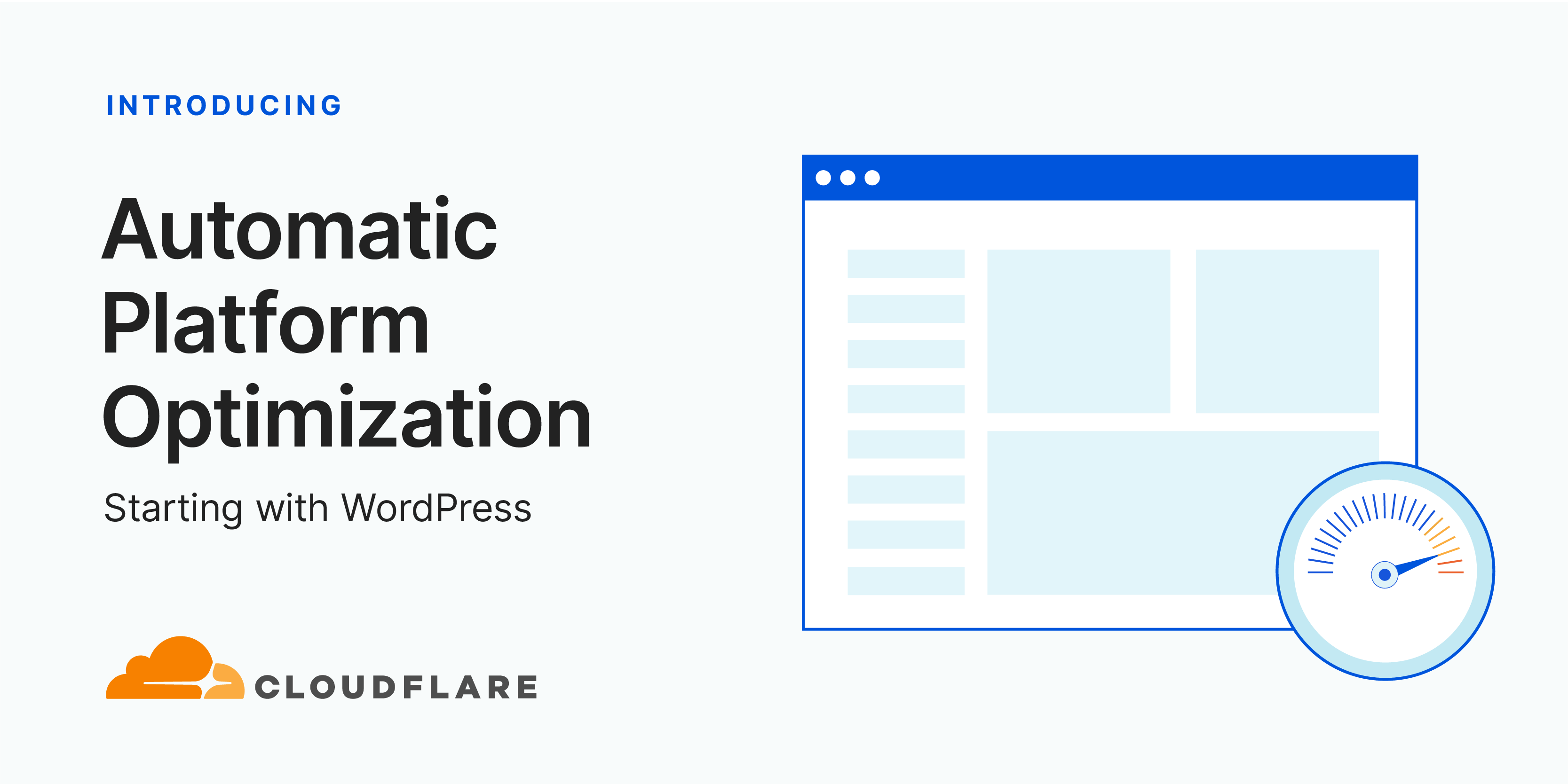Understanding operational 5G: a first measurement study on its coverage, performance and energy consumption
Understanding operational 5G: a first measurement study on its coverage, performance and energy consumption, Xu et al., SIGCOMM’20
We are standing on the eve of the 5G era… 5G, as a monumental shift in cellular communication technology, holds tremendous potential for spurring innovations across many vertical industries, with its promised multi-Gbps speed, sub-10 ms low latency, and massive connectivity.
There are high hopes for 5G, for example unlocking new applications in UHD streaming and VR, and machine-to-machine communication in IoT. The first 5G networks are now deployed and operational. In today’s paper choice, the authors investigate whether 5G as deployed in practice can live up to the hype. The short answer is no. It’s a great analysis that taught me a lot about the realities of 5G, and the challenges ahead if we are to eventually get there.
The study is based on one of the world’s first commercial 5G network deployments (launched in April 2019), a 0.5 x 0.92 km university campus. As is expected to be common during the roll-out and transition phase of 5G, this network adopts the NSA (Non-Standalone Access) deployment model whereby the 5G radio is used for the data Continue reading
